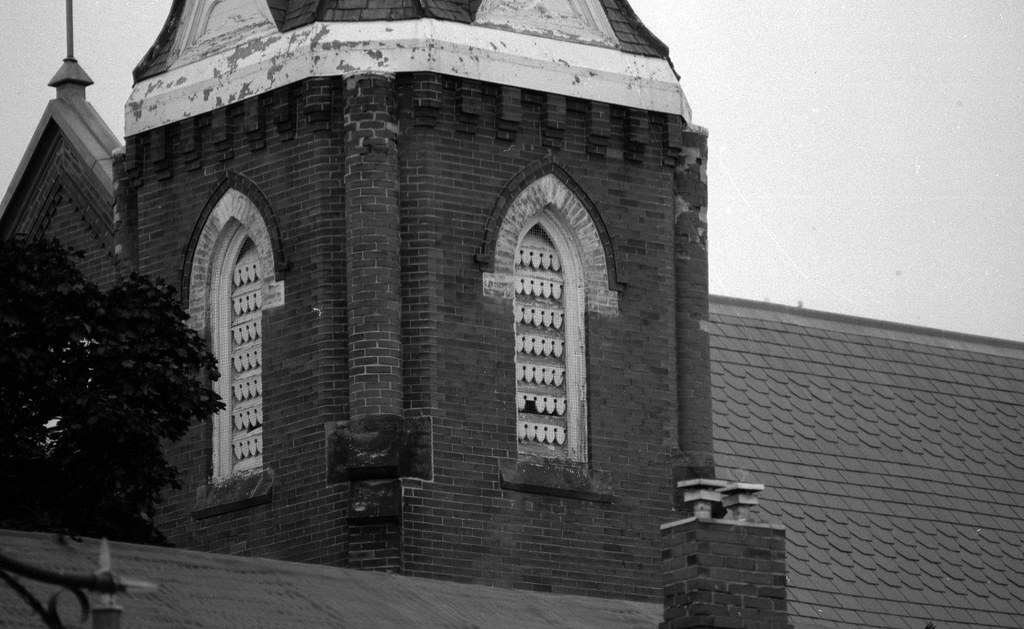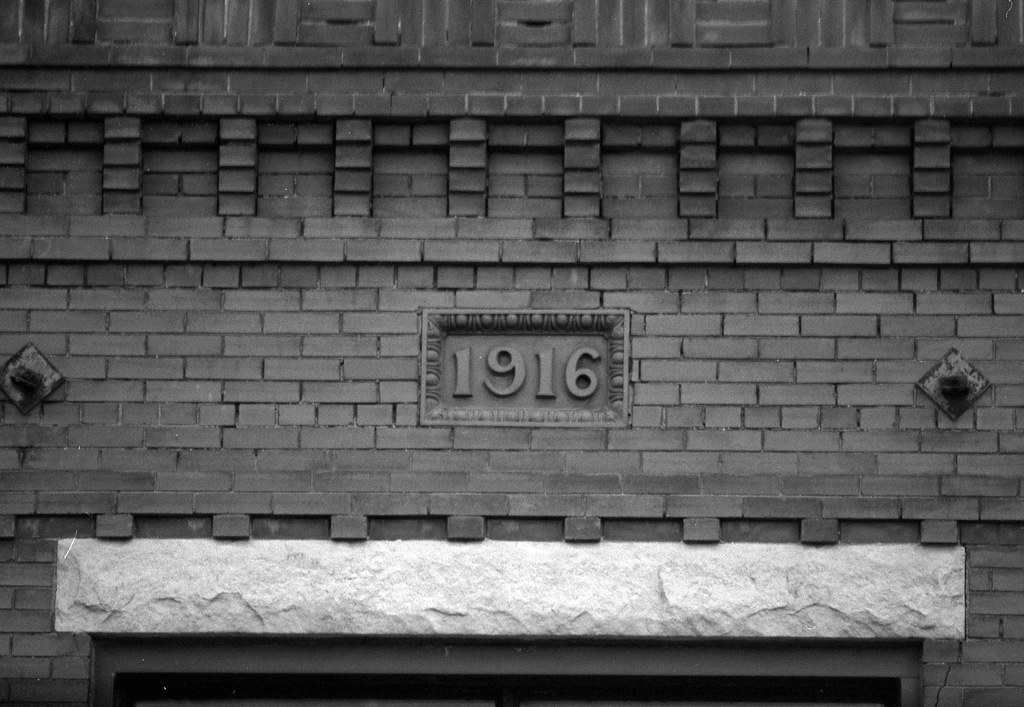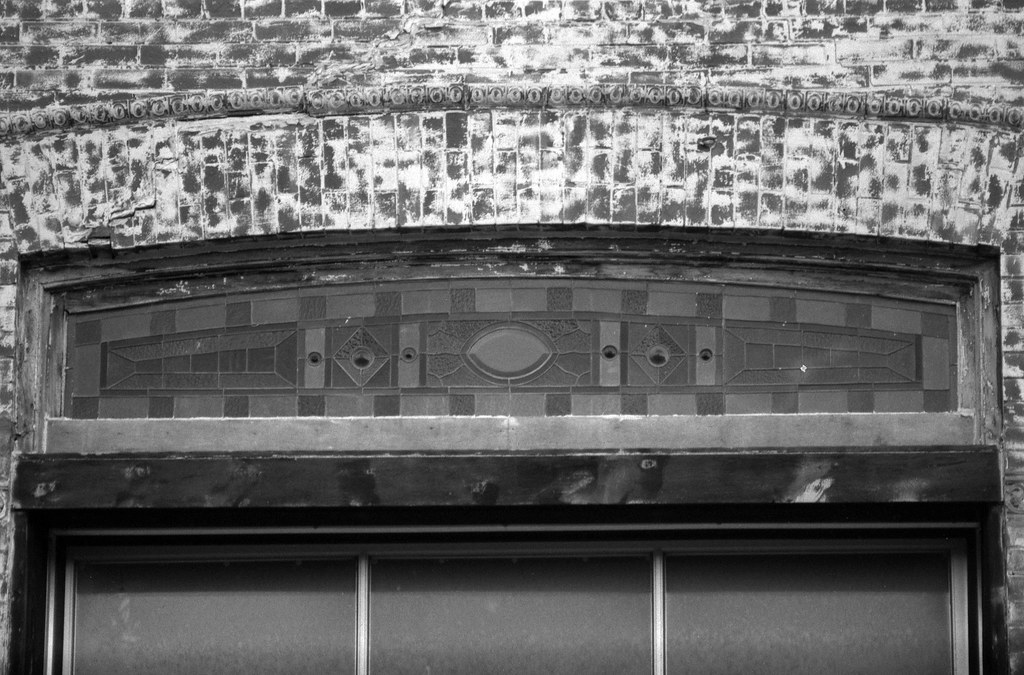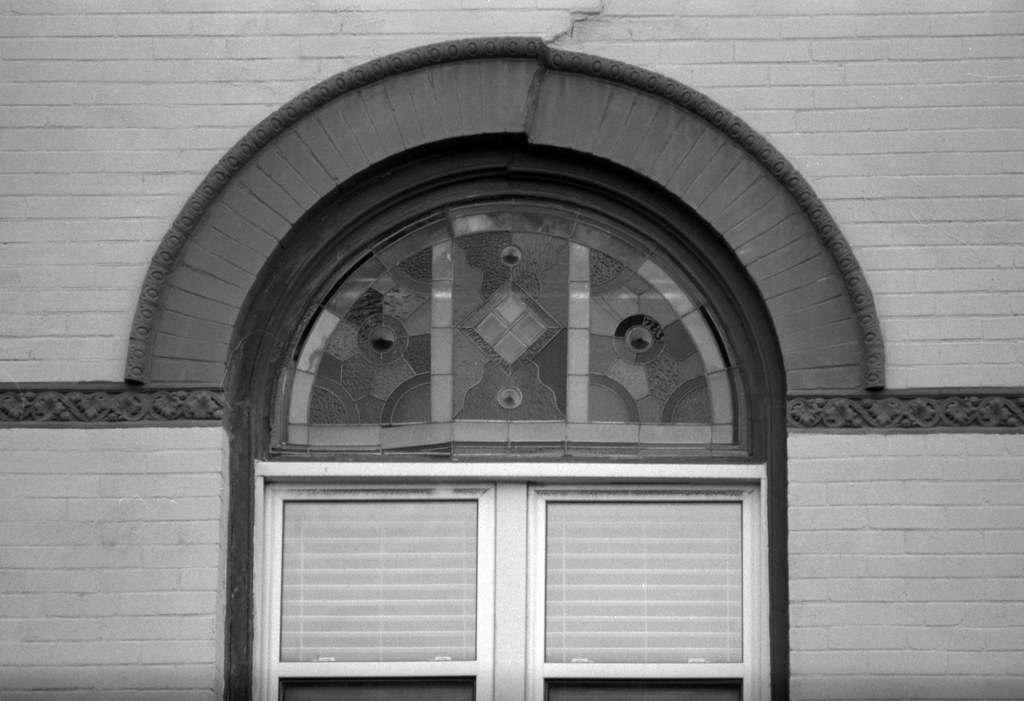As a photographer who loves working mainly in the urban environment, sometimes it can be challenging to go back to a location you’ve visited before and capture new images. But if you change your focus, there’s a chance you can find something new, and today we’re back in the historic downtown of Milton to look at the architectural details throughout the downtown.

While I never went to school for architectural training, I did a single drafting class in high school. However, I am also a life-long Lego builder and am drawn towards exciting architecture. And Milton’s downtown offers up a lot of interesting architecture and architectural detailing. Many of the buildings in downtown date to the middle and later decades of the 19th Century, with most following Gothic Revival and Victorian styles. But there are some additional styles with some Italianate and Edwardian era buildings. I noticed throughout that many buildings, both residential and commercial, carry some similar detailing. The one detail I did notice is flower patterns, almost a Tudor or Lancaster Rose in the brickwork. I’m not particularly sure about why this is, but more of an observation.


My initial plans for the week was to take the camera out for several days and explore the architectural details throughout Milton and Oakville. However, there is also the matter of timing. I knew I had a heavy weekend of photography coming up, so rather than wait and have to rush this roll out a little too close to publishing, I went with a single morning in Milton. One of the first things I had to realise is that most of the images would have a touch of camera shake as I could not shoot every frame at 1/250″ I was already pushing things but shooting almost all thirty-six frames at f/4. Ignoring that, I went with my gut and started pulling out the images that caught my eye. The top photo is one shot from a little further off of the Knox steeple; the exciting thing is that the steeple, despite appearances, never contained bells. From there, it only got easier. The 1916 date imprint on the old Princess Theater replaced the first downtown cinema that burned down that same year. The Waldie Blacksmith Sign, the face and date on the original town hall and the super-sketchy fire escape ladder on the Thompson House. And two decorative stained glass transoms that, if you aren’t looking, you’ll miss. Oddly enough, despite seeing many of these brick roses, I decided not to include one throughout this post.


As someone who loves working with wide-angle lenses, especially when it comes to architectural work, narrowing down my focus can be a tricky thing. Sure I have my 105mm and 135mm lenses, but these still open up the possibility of more comprehensive images. I needed to drill right into the nitty-gritty of these buildings. That only left two possible lenses in my Nikon tool kit, the first being a Tamron 100-300mm zoom lens; while it does have an aperture ring and thus will work on my FM, it is autofocus and isn’t particularly good at manual focus. This only left the newest addition, the 200mm f/4. Having only recently added the lens, it takes a bit to get used to the reach and keep that shutter speed up, while it wasn’t the best possible day for shooting, early in the morning. For development, I went back to my favourite, Kodak D-23, as it gave one of the best classic results out of Fomapan 200 and helped out in the lighting condition in the day with the film shot at the box speed ASA-200.


We’re headed back out on the road next week and looking for gold, not the yellow stuff, black gold, oil!